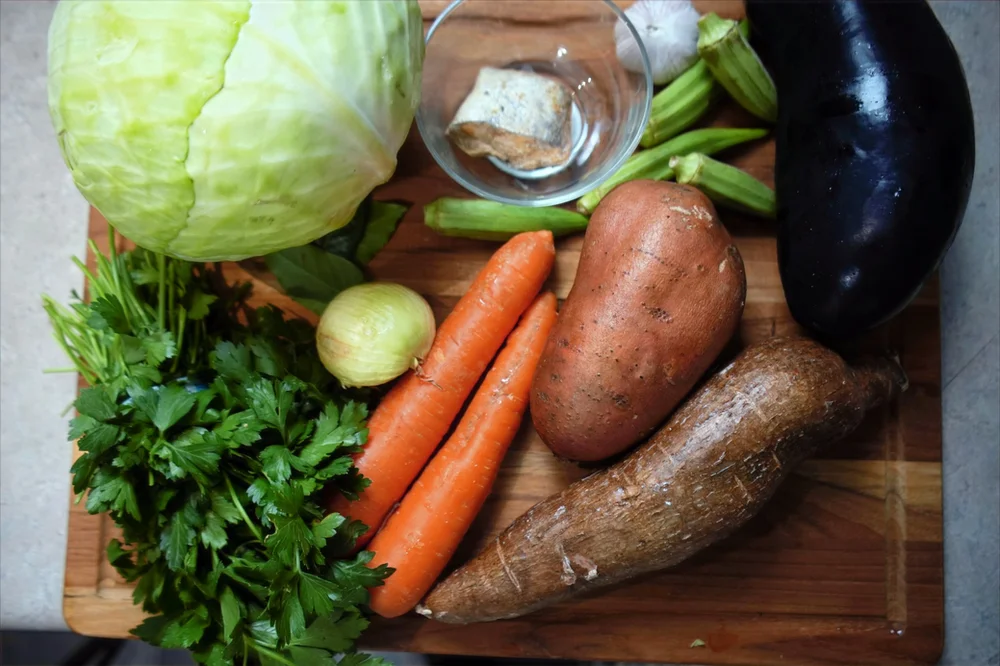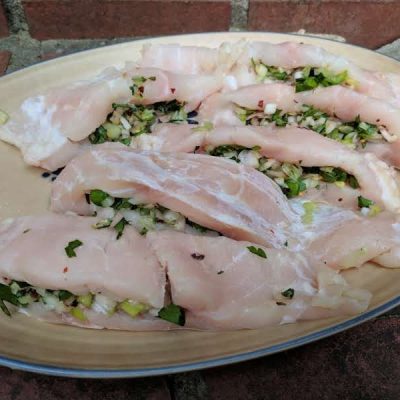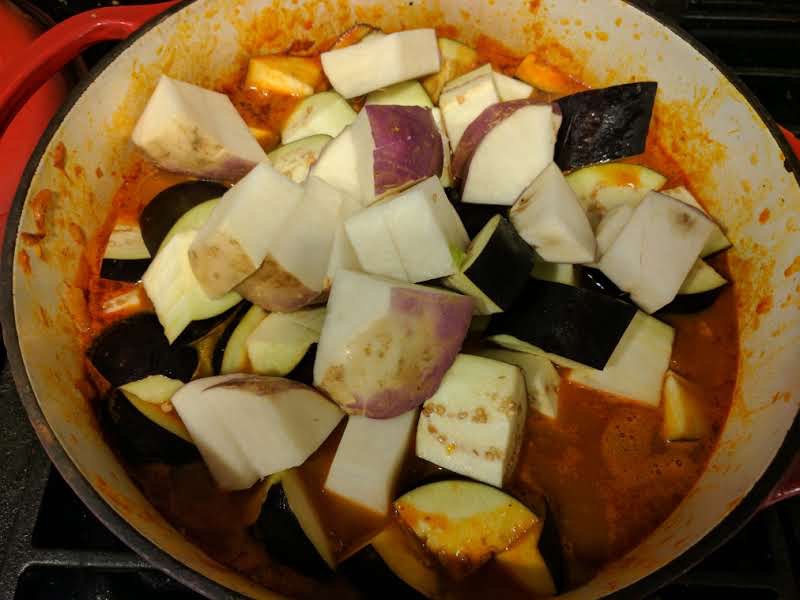At the heart of Senegal’s culinary offerings is Thieboudienne (pronounced “cheh-boo-jenn”), a dish that embodies the soul of Senegalese food culture. Often referred to as the ancestor of Jollof rice, Thieboudienne is a hearty, one-pot meal made from rice, fresh fish, and a variety of vegetables simmered in a spiced tomato sauce.
In this article, we’ll guide you through an authentic recipe so you can bring a taste of Senegal into your kitchen.
The History of Thieboudienne
Thieboudienne is often considered the predecessor of West African Jollof rice, a dish that has sparked friendly rivalries across the continent. The dish’s roots trace back to the port city of Saint-Louis, in northern Senegal, during the 19th century. Legend attributes its creation to a woman named Penda Mbaye, who combined local ingredients with techniques brought by colonial settlers.
While fish has always been a staple in coastal Senegal, rice was introduced through trade routes. Over time, the locals blended their traditional culinary methods with these new ingredients, giving birth to Thieboudienne. What sets it apart from other Jollof variations is its inclusion of fish, and a wider array of vegetables such as cassava, carrots, and aubergine.
The word Thieboudienne itself comes from the Wolof words “ceebu jen,” meaning “rice and fish,” a name that highlights its simple yet wholesome nature.
Recipe Guide
Ingredients:

- 2 large white fish fillets (preferably grouper or sea bass)
- 2 cups jasmine or broken rice
- 4 ripe tomatoes, chopped
- 2 tbsp tomato paste
- 1 onion, finely chopped
- 2 cloves garlic, minced
- 1 large carrot, peeled and cut into chunks
- 1 eggplant, sliced
- 1 piece of cassava, peeled and cut into chunks
- 1 large sweet potato, peeled and cut into chunks
- 2 Maggi stock cubes (optional but traditional)
- 4 cups water
- 1 bunch parsley, finely chopped
- 1 bay leaf
- 1 scotch bonnet (whole, optional for heat)
- ½ tsp cayenne pepper
- Salt and black pepper, to taste
- Vegetable oil for frying
Instructions:
- Prepare the Fish: Season the fish fillets with salt, pepper, and parsley. Heat some vegetable oil in a large pot or deep pan. Fry the fish until golden brown on both sides, then remove and set aside.

- Create the Tomato Base: In the same pan, add the chopped onions, garlic, and tomatoes. Sauté for about 5 minutes until softened. Stir in the tomato paste and cook for another 3-4 minutes, allowing the tomato base to develop its rich flavour.
- Add the Vegetables: Pour in the water and add the carrot, eggplant, cassava, sweet potato, bay leaf, and scotch bonnet. Crumble the Maggi cubes into the pot, then bring to a boil. Let the vegetables cook for about 15 minutes until tender but not mushy.

- Cook the Rice: Once the vegetables are cooked, carefully remove them and set aside. Stir the rice into the tomato broth, cover the pot, and simmer on low heat. Let the rice absorb the flavours and cook for 20-25 minutes, stirring occasionally to prevent it from sticking.
- Finish and Serve: Once the rice is done, return the fish and vegetables to the pot. Warm them through for a few minutes. Serve the dish hot, traditionally in a large communal bowl or on individual plates. Garnish with extra parsley and a squeeze of lime if desired.
Interesting Facts About Thieboudienne
- The Secret is in the Rice: Senegalese cooks often prefer broken rice, a shorter-grain rice that absorbs the rich tomato broth beautifully, resulting in a more flavourful dish.
- Sharing Tradition: Thieboudienne is traditionally eaten from a communal bowl. Each person is expected to stay within their “triangle” of the bowl, sharing pieces of fish and vegetables placed in the middle.

Thieboudienne is a dish that not only excites the palate but also connects you to the heart of Senegalese culture. Try it for yourself and experience the comforting flavours of Africa in your home!


